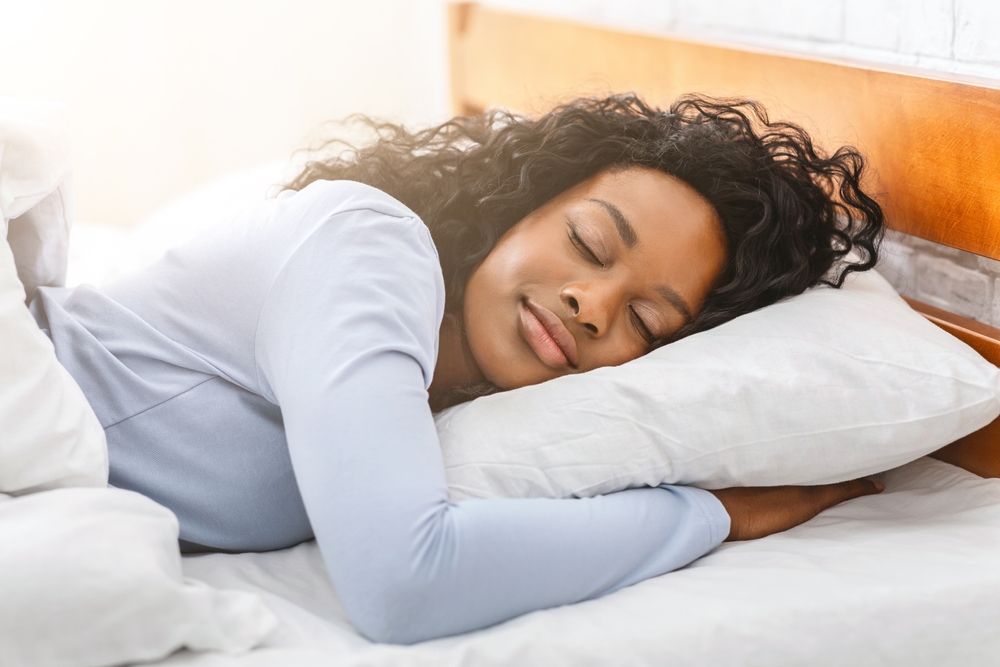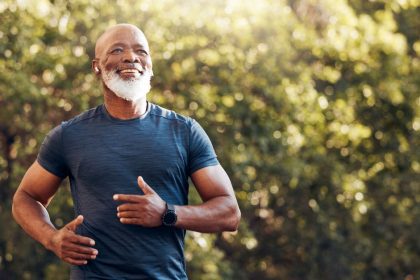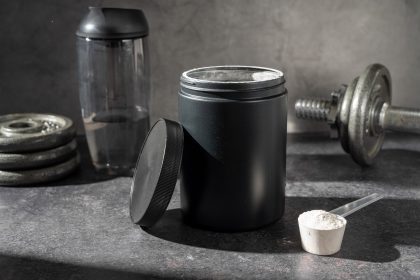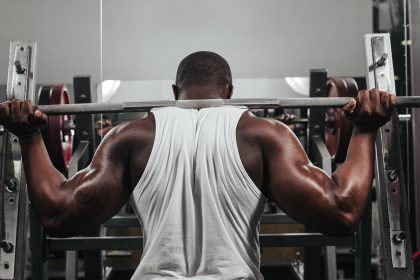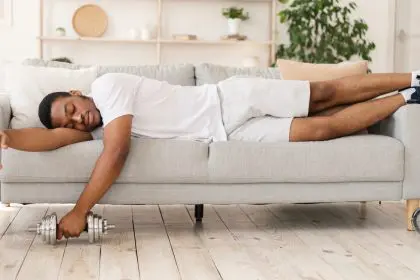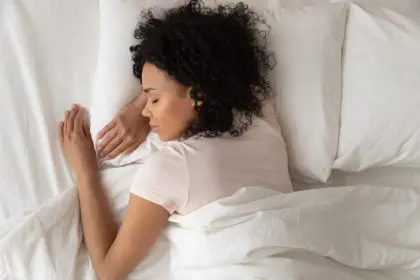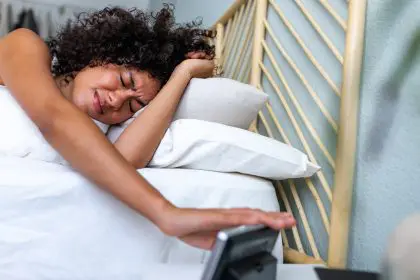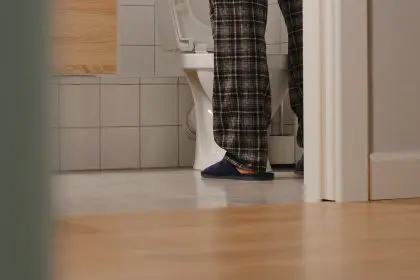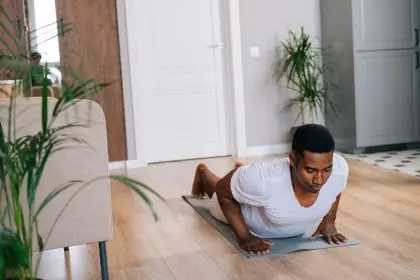Every morning, millions face the same challenging decision: should they push through exhaustion for an exercise, or grab those extra minutes of precious sleep? While conventional wisdom has long pitted these wellness pillars against each other, groundbreaking research reveals a more complex relationship that’s transforming our understanding of health optimization.
The surprising science
Recent studies have unveiled an unexpected twist in the sleep-exercise relationship. While both are crucial for health, their interaction creates effects that scientists are only beginning to understand. High-intensity interval training (HIIT) has emerged as a powerful tool that can actually counteract some negative impacts of poor sleep, challenging traditional beliefs about rest requirements.
The body’s hidden response
The relationship between sleep and physical performance goes deeper than previously thought. During deep sleep phases, the body orchestrates a complex symphony of recovery processes. Growth hormone production peaks, muscles repair themselves, and the brain consolidates movement patterns learned during exercise. This intricate dance of recovery becomes disrupted when sleep patterns are irregular.
The hormone factor
Sleep deprivation triggers a cascade of hormonal changes that directly impact exercise performance. Cortisol levels spike, potentially leading to increased insulin resistance and elevated blood sugar levels. This hormonal imbalance can sabotage even the most dedicated fitness enthusiast’s efforts, creating a physiological environment that works against their goals.
The mental game
Physical performance isn’t the only factor at play. Recent research from Health Nexus reveals that even light exercise can significantly improve cognitive function and mood among sleep-deprived individuals. This discovery suggests that strategic movement might serve as a powerful tool for managing the mental effects of poor sleep.
The timing secret
Contrary to popular belief, the timing of exercise might matter more than its duration. Morning workouts have shown promising results in regulating circadian rhythms, while evening exercises might need careful planning to avoid sleep disruption. This timing factor adds another layer to the complex relationship between rest and activity.
The recovery revolution
Modern recovery techniques are reshaping our understanding of the sleep-exercise balance. From advanced sleep tracking to personalized recovery protocols, technology is providing new insights into optimizing both rest and activity. These tools allow for more informed decisions about when to push and when to rest.
The individual approach
Perhaps the most significant finding is that no single formula works for everyone. Factors like age, fitness level, sleep quality, and stress load all influence how each person should balance sleep and exercise. Understanding these personal variables is crucial for creating an effective wellness strategy.
The practical solution
Rather than choosing between sleep and exercise, experts now recommend a more nuanced approach. This includes assessing daily energy levels, understanding personal recovery patterns, and making informed decisions about workout intensity based on sleep quality. The goal is to create a sustainable routine that supports both fitness progress and adequate rest.
The lifestyle integration
Success lies in creating habits that support both quality sleep and regular exercise. This might mean adjusting work schedules, social commitments, or daily routines to prioritize these crucial health components. Small, consistent changes often yield better results than dramatic overhauls.
The future perspective
As research continues to evolve, our understanding of the sleep-exercise relationship grows more sophisticated. The future might bring more personalized approaches to balancing these vital health components, potentially using artificial intelligence to optimize individual schedules and routines.
The journey to optimal health isn’t about choosing between sleep and exercise – it’s about understanding how these elements work together to support overall well-being. By staying informed about the latest research and listening to our bodies, we can create sustainable routines that maximize the benefits of both rest and activity.

